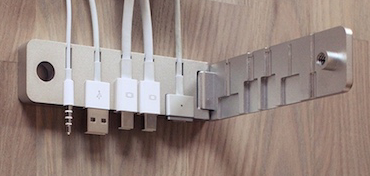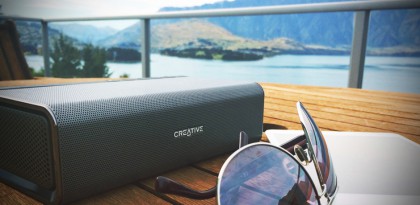Kirk McElhearn did an experiment, doing a clean install iOS 8 on a 16 GB iPad mini (first generation).
I did an experiment. I have an original iPad mini, and I hadn’t yet gotten around to updating it to iOS 8 (in part because the over-the-air updater told me it needed 4.9 GB in free space, and it’s only a 16 GB device, and I didn’t have enough free space). I loaded it with only iOS 8 and Apple’s apps. I installed all of Apple’s apps: the iWork apps, iMovie, Garage Band, Find My iPhone, Remote, etc.
After the install, Kirk was left with 8.27 gigs.
Go have a read, see what you think. I’m not troubled, as Kirk was, by the fact that the usable space is less than the advertised space. This has been the way of the world since the beginning of personal computing. Devices are advertised with RAM and hard drive/SSD numbers, showing capacity, not usable space. After all, as soon as you lay a volume directory on a device, you lose space.
That quibble aside, 8.27 gigs left on a 16 gig device is pretty low. You could argue that you don’t have to install the recommended but non-mandatory apps that Apple prompts you to install, but that move would only buy you a few gigs of space at most.
Apple should simply not sell 16 GB devices any more. If, after installing just the basics, there’s only have that space available (I know, I already lost 3 GB because of marketing), then users can’t put a lot of content on them. Many won’t care, but once you start downloading a few games, you get into a situation where there’s not enough room to apply updates, because they need so much free space.
Tricky logic, that. I would change the argument to this: People should simply not buy 16 GB devices any more. Also, to me, it’s photos and media storage that bring me to my device limit, much more so than games.


